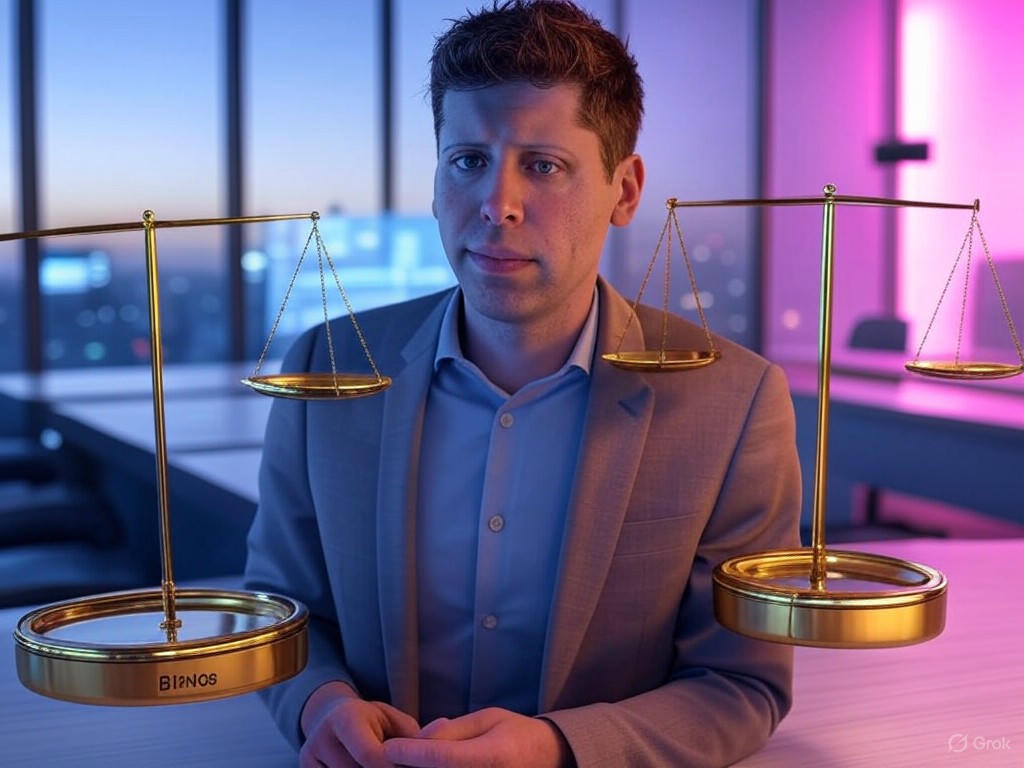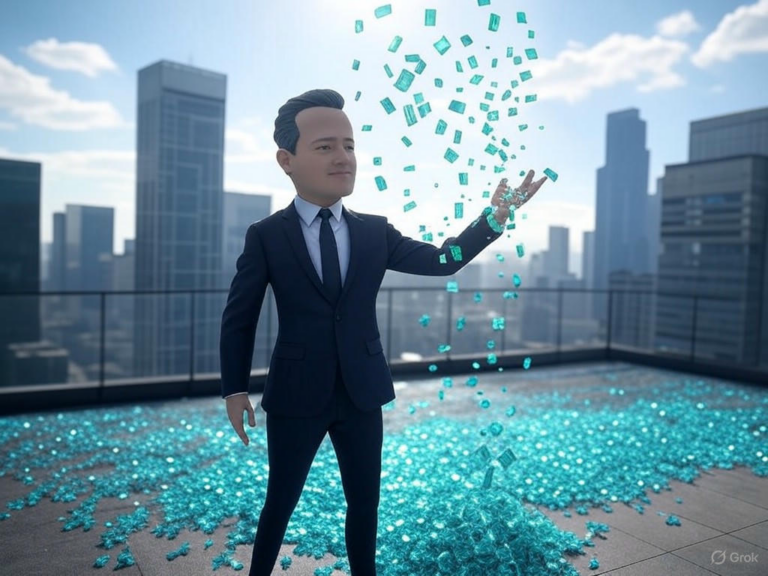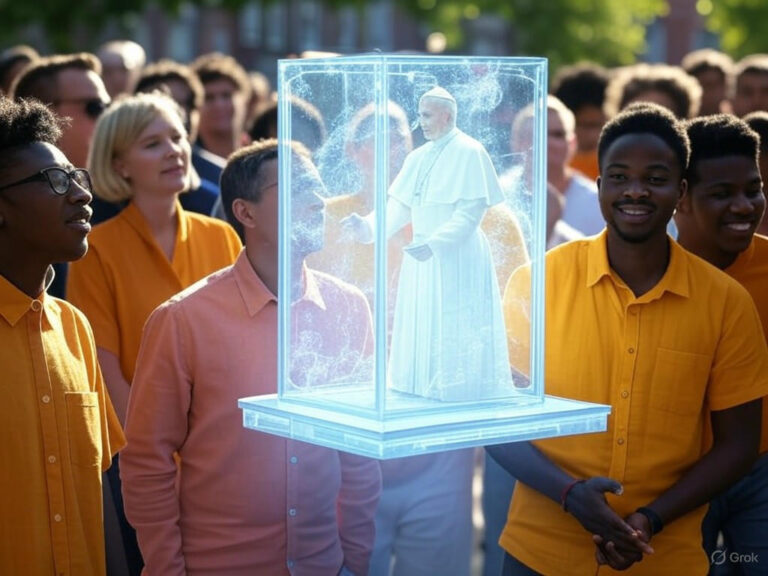
OpenAI Restructuring: Maintaining Non-Profit Oversight Amid Changes
A Fresh Look at OpenAI’s Evolving Landscape
OpenAI restructuring has become a hot topic in the tech world, as the company behind groundbreaking AI like ChatGPT works to balance rapid innovation with ethical responsibilities. At its core, this overhaul ensures the nonprofit arm stays firmly in the driver’s seat, even as for-profit elements shift toward a public benefit corporation model. It’s a strategic move born from years of scrutiny, aiming to uphold OpenAI’s mission of creating AI that truly benefits humanity without getting sidetracked by commercial pressures.
Imagine a company that’s revolutionized how we interact with technology, now fine-tuning its structure to address investor doubts and public concerns. What does this mean for the future of AI? Let’s dive into the details and see why this OpenAI restructuring could set a new standard for accountability.
The Roots of OpenAI and Its Core Mission
Back in 2015, OpenAI started as a nonprofit with a bold vision: to develop artificial general intelligence (AGI) that’s safe, accessible, and geared toward the greater good. But as AI tech exploded in popularity, the need for substantial funding became clear, leading to a pivotal OpenAI restructuring in 2019. That’s when they introduced a for-profit subsidiary with capped profits, allowing investments while keeping the nonprofit ethos at the heart of operations.
This hybrid approach wasn’t just about money; it was about scaling up without losing sight of ethical goals. For instance, by limiting profits, OpenAI aimed to prevent any single investor from derailing its focus on equitable AI development. Fast-forward to recent plans for 2025, where converting their LLC to a public benefit corporation is on the table, all while maintaining that original nonprofit oversight.
- 2015: OpenAI launches as a nonprofit dedicated to safe AGI.
- 2019: Shifts to a capped-profit model to attract funding.
- 2025: Eyes a full OpenAI restructuring to a public benefit corporation, with nonprofit control intact.
What’s Driving This OpenAI Restructuring?
The latest wave of OpenAI restructuring stems from a mix of legal battles, investor pushback, and growing public unease. High-profile lawsuits, like the one from co-founder Elon Musk, have questioned whether OpenAI is straying from its roots in pursuit of profits. In response, leaders have doubled down on commitments, ensuring the nonprofit parent retains ultimate authority over business decisions.
Have you ever wondered how companies like this navigate the tension between growth and integrity? It’s a common challenge in tech, and for OpenAI, this restructuring is about fortifying trust amid these storms. By prioritizing nonprofit oversight, they’re addressing criticisms head-on, turning potential pitfalls into opportunities for stronger governance.
Understanding Public Benefit Corporations in This Context
A public benefit corporation, or PBC, is essentially a for-profit entity that’s legally bound to consider societal impacts alongside shareholder returns. In OpenAI’s case, adopting this model as part of their OpenAI restructuring means they can chase innovation without fully sacrificing public welfare. Think of it as a bridge between making money and making a difference—something that’s increasingly vital in the AI sector.
For example, companies like Patagonia have thrived under similar structures, proving that profitability and purpose can coexist. OpenAI hopes to follow suit, using this framework to attract the billions needed for research while staying true to their mission.
Ensuring Lasting Nonprofit Control in OpenAI Restructuring
At the helm of this OpenAI restructuring is CEO Sam Altman, who has been vocal about keeping the nonprofit in charge. The plan includes the nonprofit appointing most board members and requiring approval for key decisions, effectively safeguarding against any drift toward pure commercial interests. Altman’s recent comments highlight a commitment to transparency, emphasizing that this isn’t just lip service—it’s built into the new framework.
This level of oversight might raise questions: Is it enough to prevent conflicts? From what we’ve seen, it’s a deliberate step to maintain balance, with independent advisors shaping the ownership structure to prioritize long-term ethical goals over short-term gains.
- The nonprofit will select the majority of the PBC board.
- Major decisions need nonprofit sign-off to ensure alignment.
- Expert financial input is guiding the overall setup for fairness.
Balancing Ambition with Ethical Priorities
OpenAI restructuring is all about fueling growth while holding onto core values, especially as they seek massive investments to compete in fields like healthcare and education. The challenge lies in making sure profit-driven motives don’t eclipse the bigger picture, such as ethical AI deployment and public trust.
Regulators and users alike are watching closely, concerned about potential mission drift. For instance, if OpenAI expands too quickly, could safety features get overlooked? Their strategy includes robust checks, like recusing board members from conflicted votes, to keep things on track.
Tackling Governance and Conflict Issues Head-On
One key aspect of OpenAI restructuring involves addressing board conflicts, where investments by directors might overlap with OpenAI’s partners. The IRS and other watchdogs are paying attention, so OpenAI’s team is working with legal experts in California and Delaware to mitigate risks. This proactive approach not only builds credibility but also sets an example for the industry.
It’s a reminder that in AI, where decisions can shape society, transparency isn’t optional—it’s essential. By consulting community leaders, OpenAI is turning potential vulnerabilities into strengths.
The Big Debate: Profitability Versus Public Good
At its essence, OpenAI restructuring embodies a larger conversation in tech: Can organizations innovate at scale while staying true to altruistic ideals? Critics worry that profit incentives might erode OpenAI’s founding principles, potentially leading to biased or unsafe AI. On the flip side, supporters argue that without robust funding, groundbreaking tools like ChatGPT couldn’t reach millions.
This tension isn’t new—think of how social media giants have grappled with similar issues. But for OpenAI, the restructuring offers a path forward, blending commercial viability with societal benefits to make AI more inclusive.
Voices from Key Players in OpenAI Restructuring
Let’s break down some perspectives to get a fuller picture:
| Stakeholder | Viewpoint | Top Worries |
|---|---|---|
| Nonprofit Board | Focus on mission integrity and oversight | Preventing conflicts and maintaining public trust |
| Investors | Drive expansion and returns | Navigating governance restrictions |
| AI Experts | Push for ethical advancements | Avoiding mission drift and ensuring safety |
| Regulators | Emphasize accountability | Overseeing responsible AI growth |
Future Implications of OpenAI Restructuring
As we look ahead, OpenAI restructuring could influence how other tech firms handle governance, potentially sparking more hybrid models that blend public and private interests. With AI’s rapid evolution, this approach might encourage greater regulatory involvement, fostering safer and more transparent development.
What if more companies adopted similar strategies? It could lead to a wave of ethical innovations, where tech advances hand-in-hand with societal needs. For OpenAI, it’s about proving that bold ideas and responsible practices can thrive together.
Wrapping Up: The Path Forward for OpenAI
In the end, OpenAI restructuring reflects the delicate balance required in today’s AI landscape—pursuing cutting-edge progress while safeguarding nonprofit ideals. Under Sam Altman’s guidance, the organization is positioning itself as a leader in ethical tech, but only time will tell if this model holds up against real-world challenges.
If you’re passionate about AI’s future, I’d love to hear your thoughts. Share this article, leave a comment below, or check out our other posts on emerging tech trends for more insights.
References
- OpenAI Restructures with Nonprofit in Control. San Francisco Business Times. Link
- OpenAI’s Restructuring Faces Scrutiny. Politico. Link
- OpenAI’s Nonprofit Will Remain in Control. TechCrunch. Link
- Inside OpenAI’s Controversial Plan. Garrison Lovely Substack. Link
- Why OpenAI’s Shift to Profit Is Controversial. Times of India. Link
OpenAI restructuring, nonprofit oversight, public benefit corporation, Sam Altman, AI governance, AI ethics, corporate structure changes, tech innovation, regulatory scrutiny, ethical AI development







